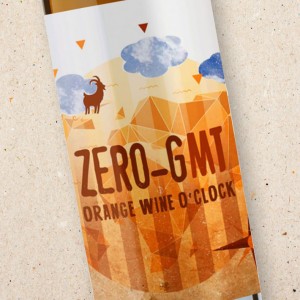VMHGV23
New product
This showcases truly crystalline, pure apple and stone fruit flavours, with just a touch of Hochrain's trademark spiciness shining through at the finish.
This large vineyard overlooks the Danube, next to the town of Wösendorf. While the lower sections of Hochrain are mostly löess, Veyder-Malberg's plot is higher up the slope, on a mix of löess and decomposing paragneiss. The vines are around 35-40 years old on average.
After picking, usually in two passes to avoid any botrytised fruit, the grapes were passed on a vibrating sorting table to remove any unwanted matter. Maceration lasted for up to 24 hours before they were basket pressed for 6-8 hours and tank settled up to 24 hours with the juice allowed to oxidise. Fermentation took place in tank using wild yeast and the wine was then aged for around 6 months in old 1500 litre barrels. The first sulphur additions were made in the spring following the vintage.
| RRP | £66.25 |
| Vintage | 2023 |
| Alcoholic strength | 13% |
| Country | Austria |
| Region | Wachau Valley |
| Grapes | Grüner Veltliner 100% |
| Residual sugar (g/l) | 1.8 |
| Contains sulphites | Yes |
| Vegetarian | Yes |
| Vegan | Yes |
| Milk | No |
| Eggs | No |
| Organic | Yes |
| Biodynamic | No |
| Closure | Screwcap |
Wine is an attractive second career for many people and experience in other fields can often bring a fresh approach that challenges the norm. Peter Veyder-Malberg certainly fits this mould, having begun his career in graphic design and advertising, before embarking on a winemaking career which took him to Napa, Tuscany, Germany and New Zealand. In 2008 he returned to his native Austria, where he began producing his own wines in Wachau. His post-modern expressions of Riesling and Grüner Veltliner do not conform to the Vinea Wachau quality categorisations of Steinfeder, Federspiel and Smaragd; a decision rooted in his belief that classifying the wines according to must weights or alcohol levels is not conducive to making fine wine. Harvest decisions are not determined by the sugar levels of the grapes but by their actual physiological ripeness and the pH of the must, giving him the freedom to produce wines that he feels represent his vineyards, rather than following a particular style. The majority of his four hectares of vineyards are in the Spitzer Graben, at the cooler western end of Wachau and they are all certified organic. His painstaking approach in the vineyard and cellar produces precise wine of great depth, expressive of both vintage and terroir.


























